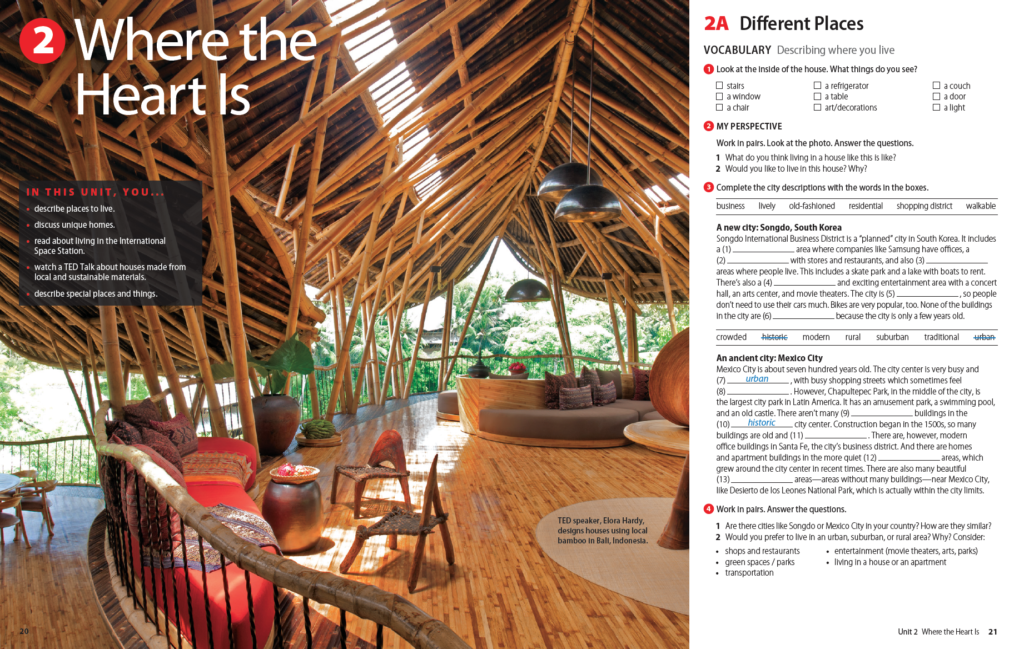When I started teaching English in the 1980s, the “culture” in ELT tended to focus on the cultures of two specific countries: The USA and the UK. In London, you had red double-decker buses and in New York, you had the subway. British people ate fish and chips, Americans preferred burgers. And so on. The general view was that, along with English, you got the culture of a country where English is the official language. Times have changed. We now know that only about 15–20% of speakers of English in the world have English as their L1. That means that our learners are far more likely to speak with other L2 speakers of English and to encounter the cultures that those speakers come from. What learners need to know about culture is the fact that the English language doesn’t necessarily carry with it the cultural values of the US and the UK (whatever those are), and that English isn’t necessarily strongly tied to a specific culture or cultures anymore. After all, when German, Russian and Korean engineers communicate in English working on an oil project in Saudi Arabia, how relevant are fish and chips, burgers, red buses and subways?
Rather than learn about the cultural norms of one or two countries, the Twenty-first-Century learner needs to acquire cultural agility – the understanding that everyone brings their own cultural background to communication, and that in situations such as the one I’ve just described, people need to negotiate certain cultural features of language, such as how to be polite, or what everyday concepts such as “home” mean.

An example from Perspectives
Unit 2 in Perspectives 1 is called Where the Heart is. Upper secondary teachers will recognize it as the unit about homes – a usual feature in courses at this level. However, rather than teach learners about typical homes in cultures around the world, the unit leans more towards the concept of home, its importance in all cultures, and the variety of ways it can be expressed in the twenty-first Century. We look at the new city of Songdo, South Korea, ancient neighborhoods in Mexico City, life in New York, Vienna, all the comforts of home found on the International Space Station, and a TED Talk by architect Elora Hardy who builds homes of bamboo on the Indonesian island of Bali.
Reflecting the way English is used in the world, we teach the language not as a cultural feature of the US or the UK, but as a window on the world – a way to learn about the big ideas that feed into culture and the endless variety of cultures around the world. English has become a tool to get things done – a tool for intercultural communication and cultural understanding, no longer necessarily containing the cultural norms of any one country.



Exactly!
Thanks for the comment!
Interesting concept – cultural agility. A much more useful skill to teach our students.
Thanks for the comment. I’m glad you think it’s interesting. Cultural agility is a skill, and also an attitude, I think.
Very glad to see this. I’m working on a chapter on this topic currently. I call it an intercultural stance, but I like cultural agility, too!
Thanks for the comment. I’d be interested to see the chapter. I like ‘intercultural stance’, too.